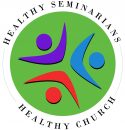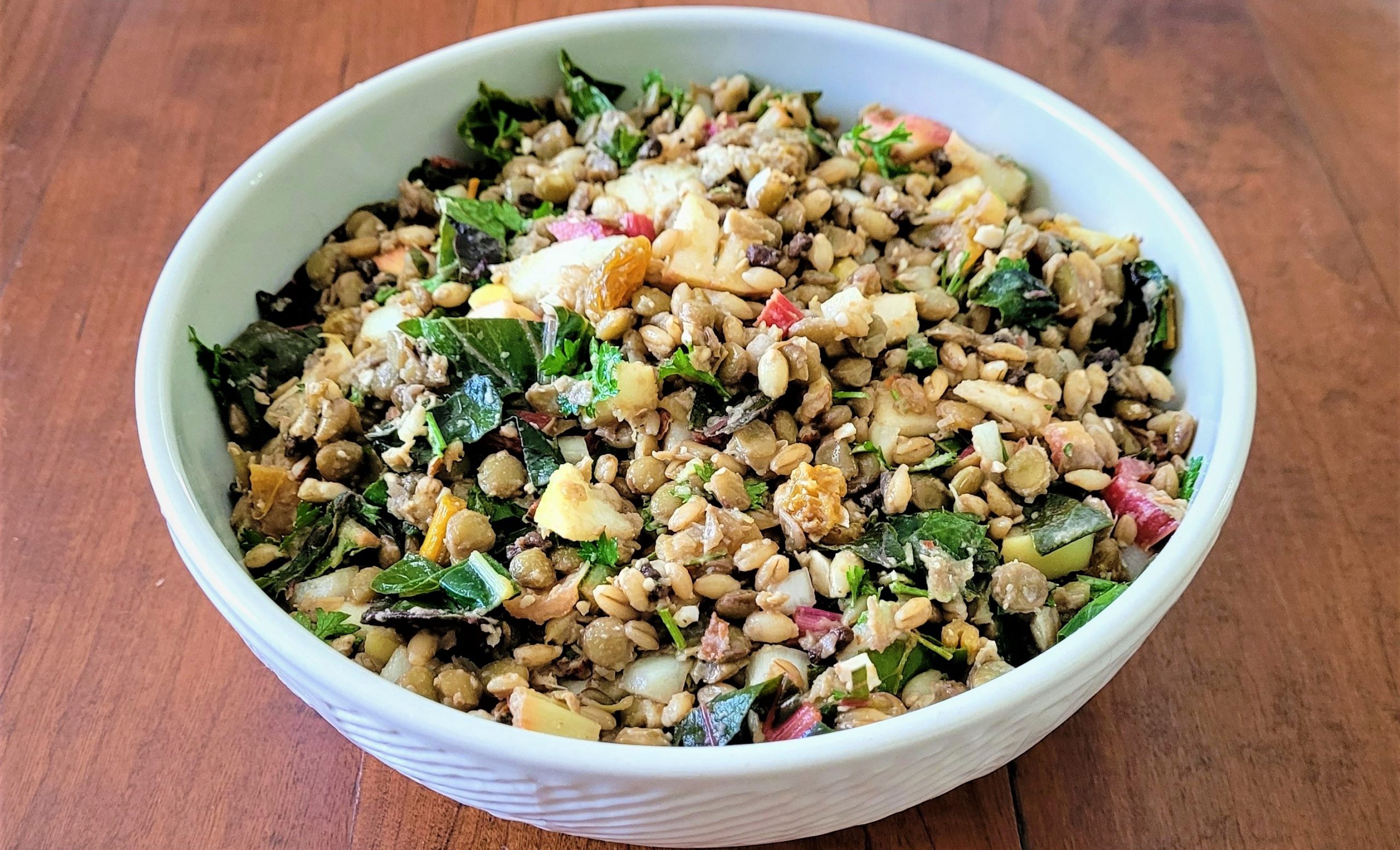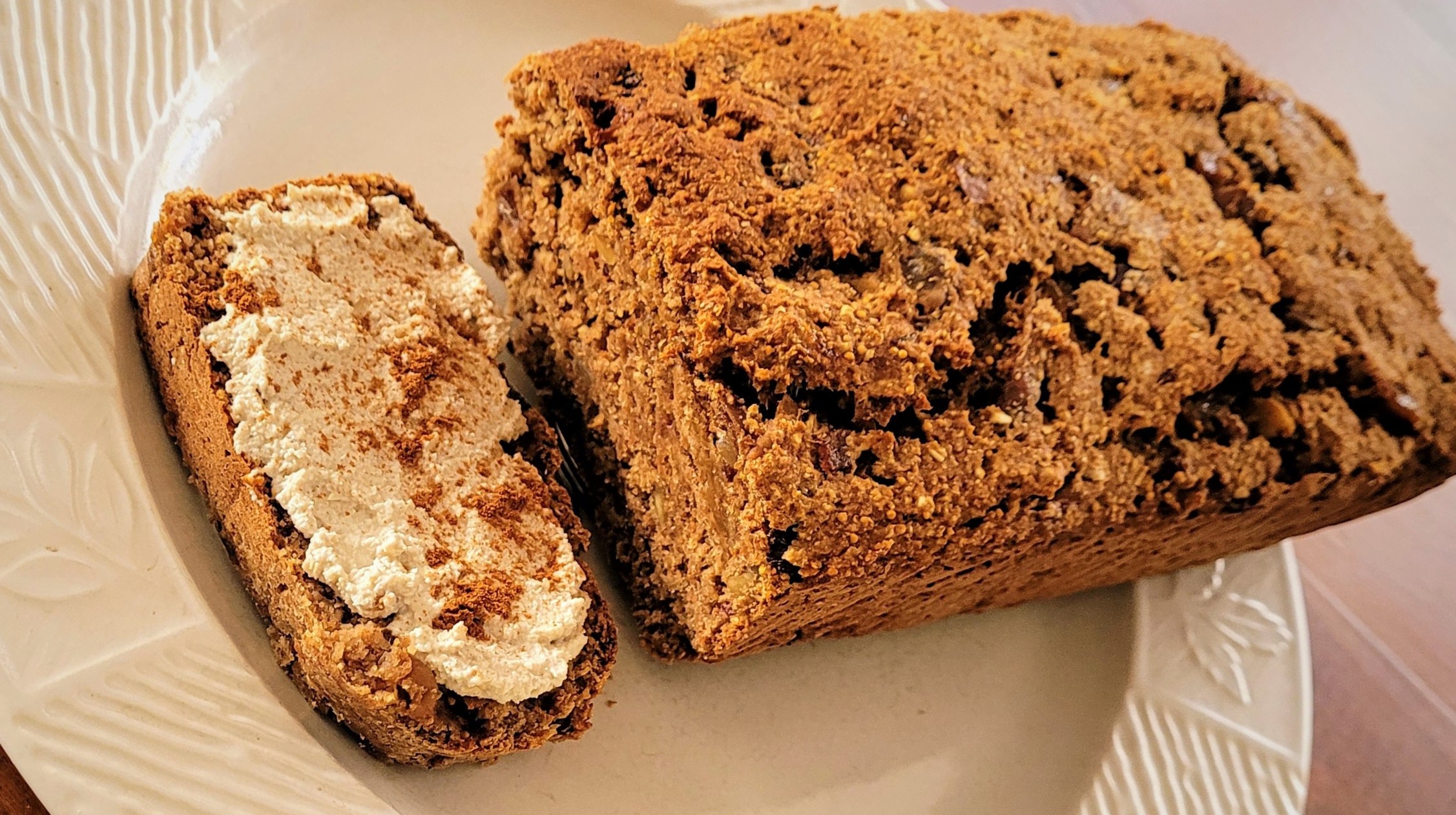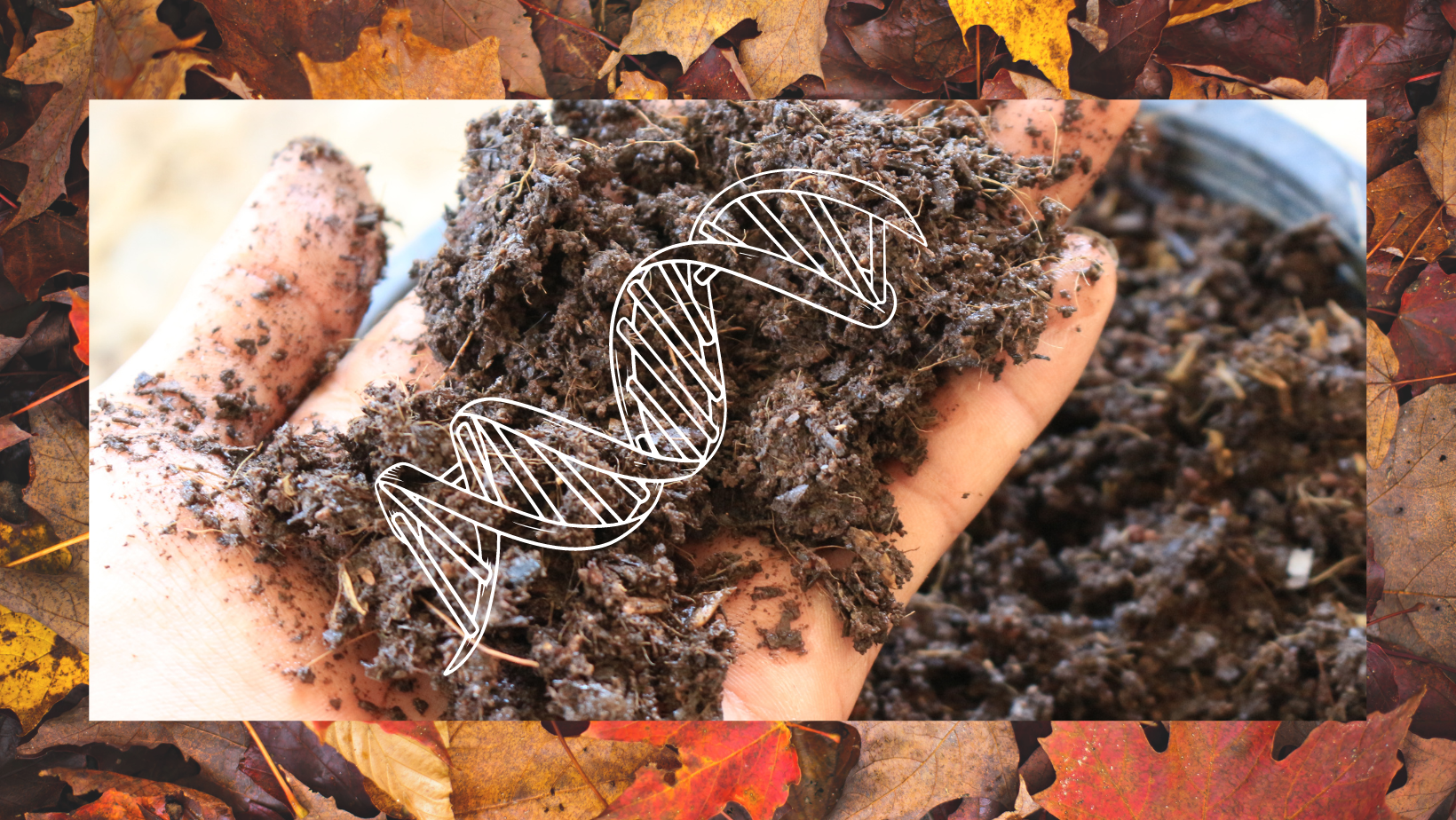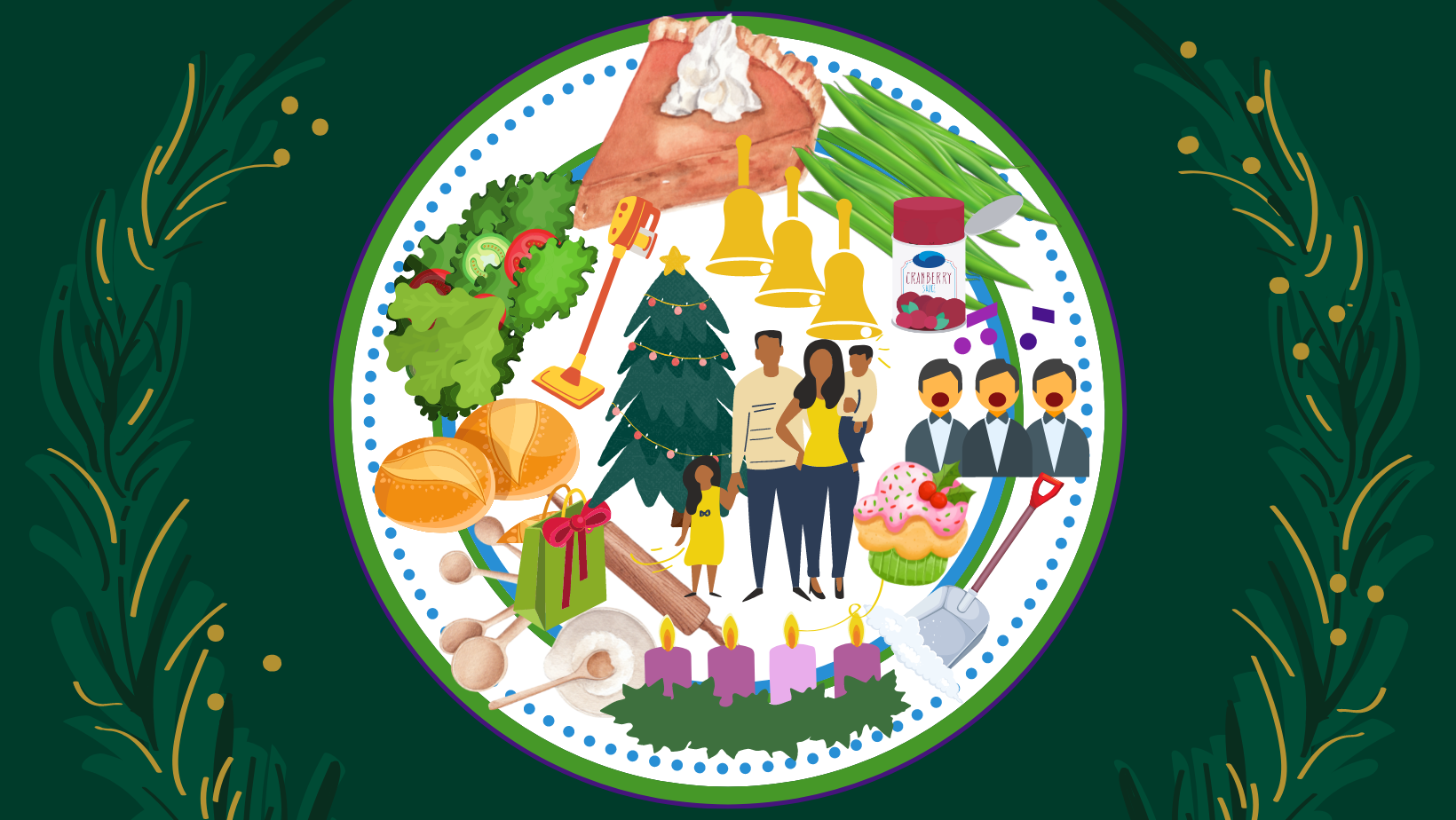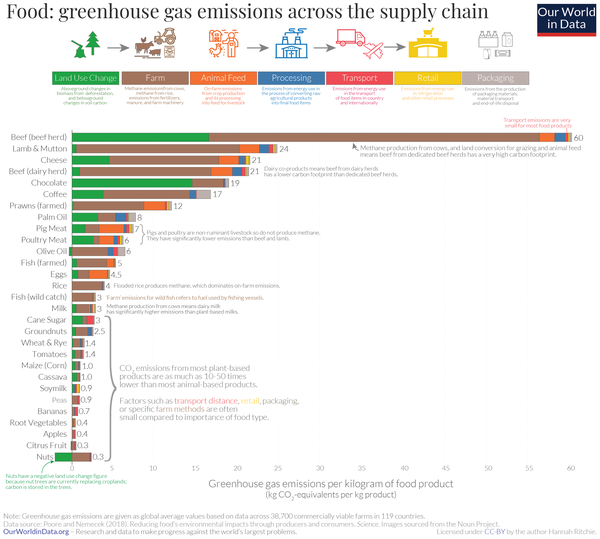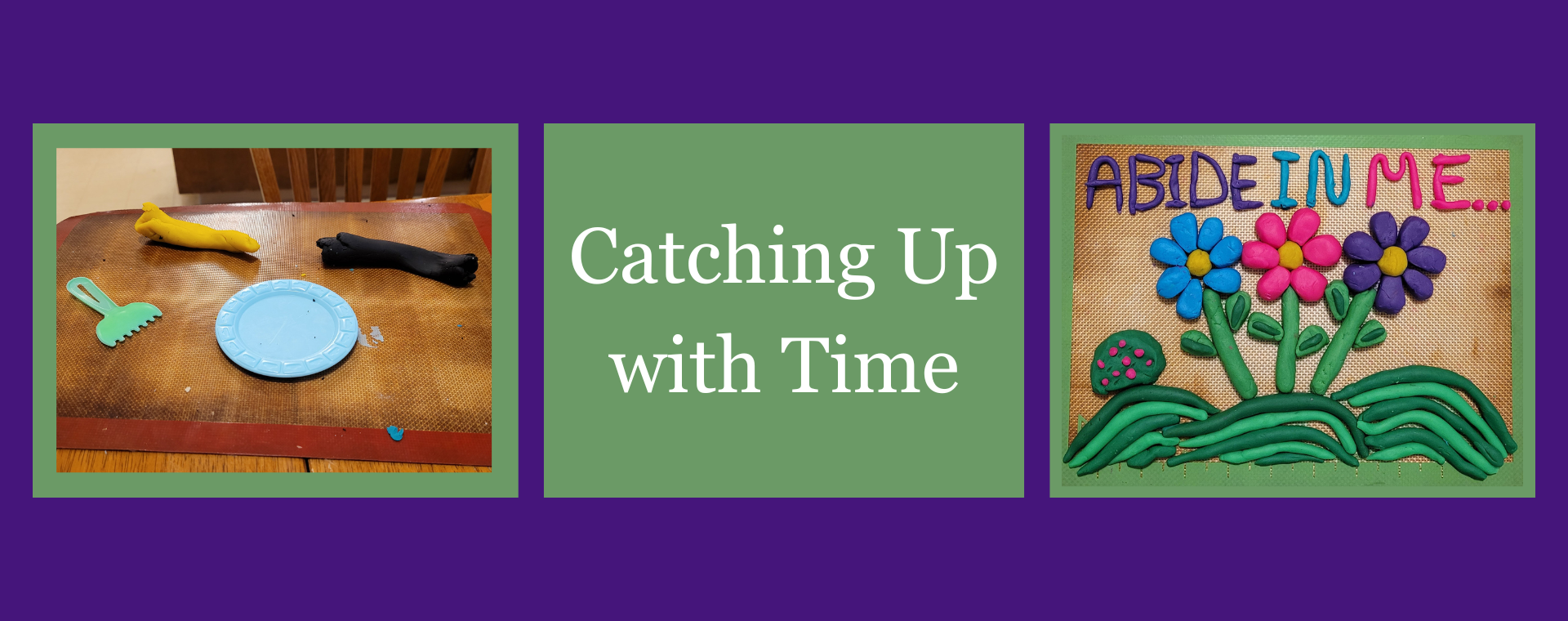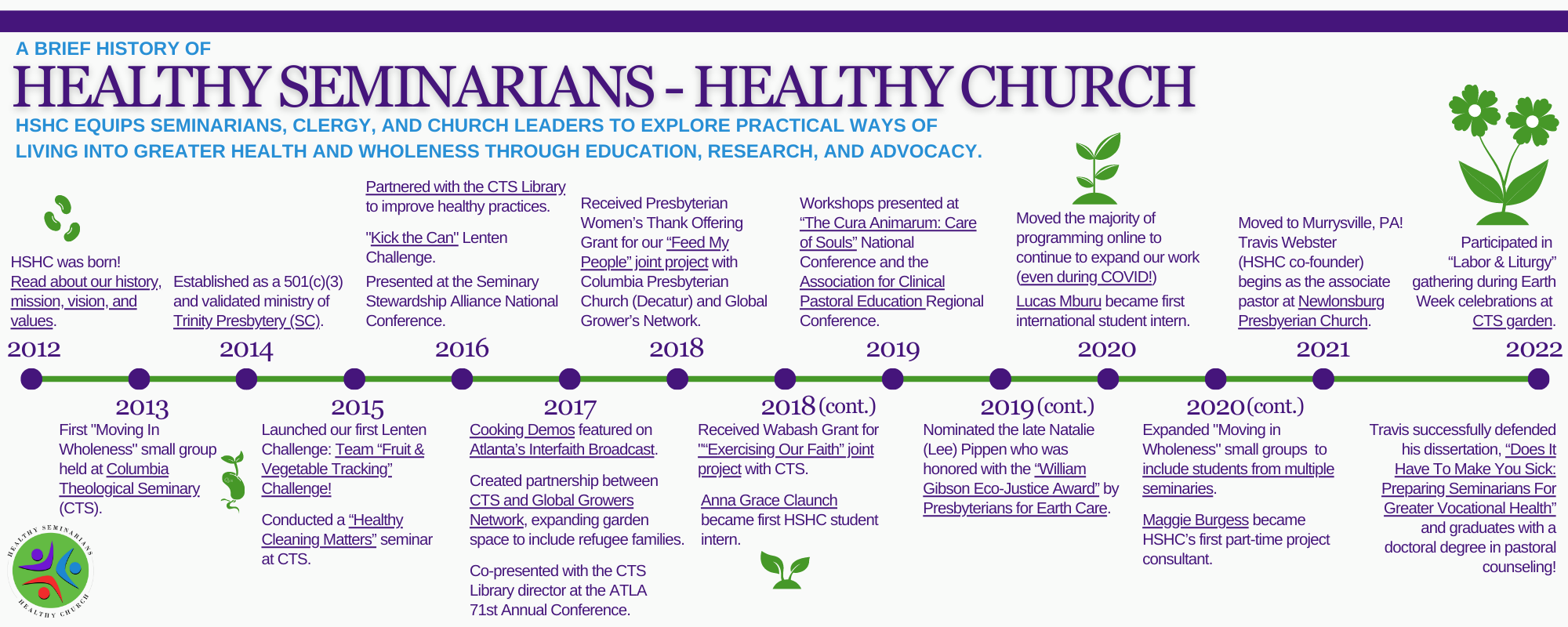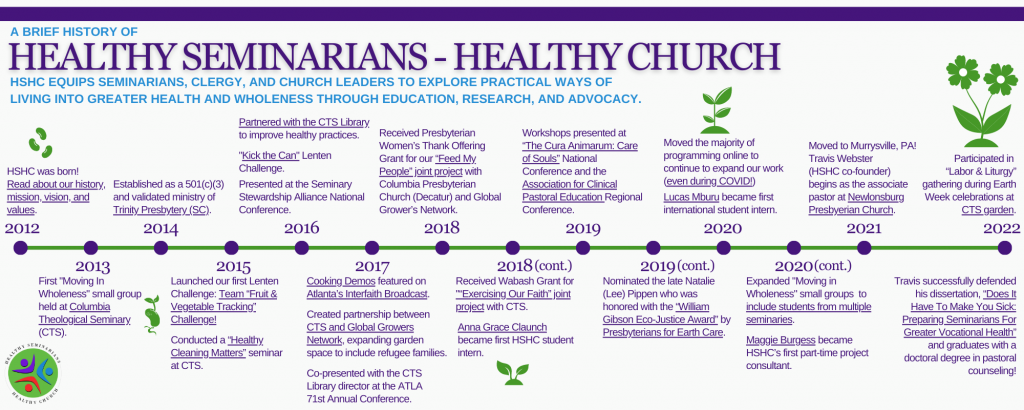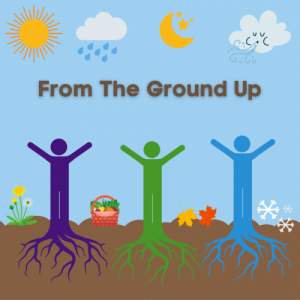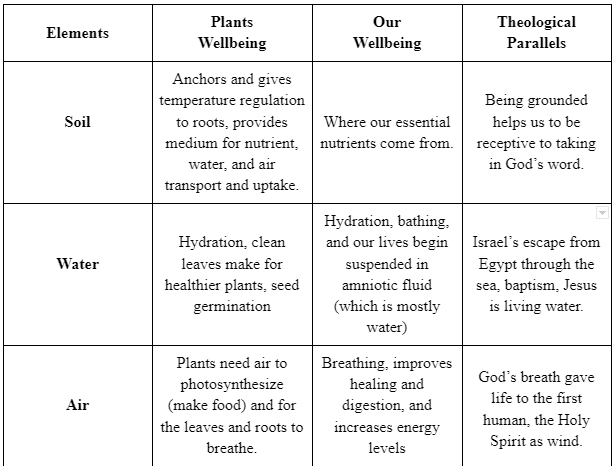Lentil and Barley Salad
(12 servings)
Ingredients
- 1 1/2 cups dry green lentils
- 1 cup barley*
- 2 cups greens (Swiss chard, collards, kale, lettuce) of choice (chopped; raw or cooked)
- 1/2 cup fresh cilantro or parsley (chopped)
- 1 small onion (chopped) or 2-3 green onion (chopped)
- 1 apple (diced)
- 1 cup pomegranate arils/seeds (when in season) or ½ – 3/4 cup dried fruit (pomegranate arils, golden raisins, apricots)
- 1/4 cup almonds* (chopped, sliced, or slivered)
- Optional:
- Salad topper: tofu feta (link to recipe)
- Add roasted (and cooled) vegetables of your choice (sweet potatoes, carrots, whatever is in season)
Dressing
- 1/3 cup apple cider vinegar
- 2 garlic cloves (chopped)
- 2 TBSP Dijon mustard
- 2 TBSP Date paste*
- Pinch of salt and pepper
Instructions:
- Combine the lentils and barley with 5 cups of water.
- Bring to a boil and then cover, reduce to a simmer, and cook until the lentil and barley are done, about 25 minutes. Drain and set aside to cool.
- In a mason jar – add the apple cider vinegar, garlic, Dijon mustard, date paste, salt and pepper (to taste).
- Shake vigorously until emulsified and combined.
- Combine the cooled barley and lentils, pomegranate arils, greens of choice, cilantro/parsley, apple, almonds, and roasted vegetables (if using).
- Dress with the vinaigrette and toss thoroughly to combine.
- Serve cold or at room temperature.
- Optional: Top salad with tofu feta
*Notes:
- To make this gluten-free – substitute the barley with brown rice or my favorite combination (1/3 cup of each buckwheat, millet, and amaranth).
- To make this nut-free – use sunflower seeds or pumpkin seeds instead of almonds.
- Date paste substitute – add 3-4 med-size dates (chopped) to the dressing recipe and 1-2 tsp. of water. Then instead of shaking the dressing in a mason jar to mix the ingredients, blend the dressing using an immersion blender.
Adapted from: ParsnipsandPastries.com
